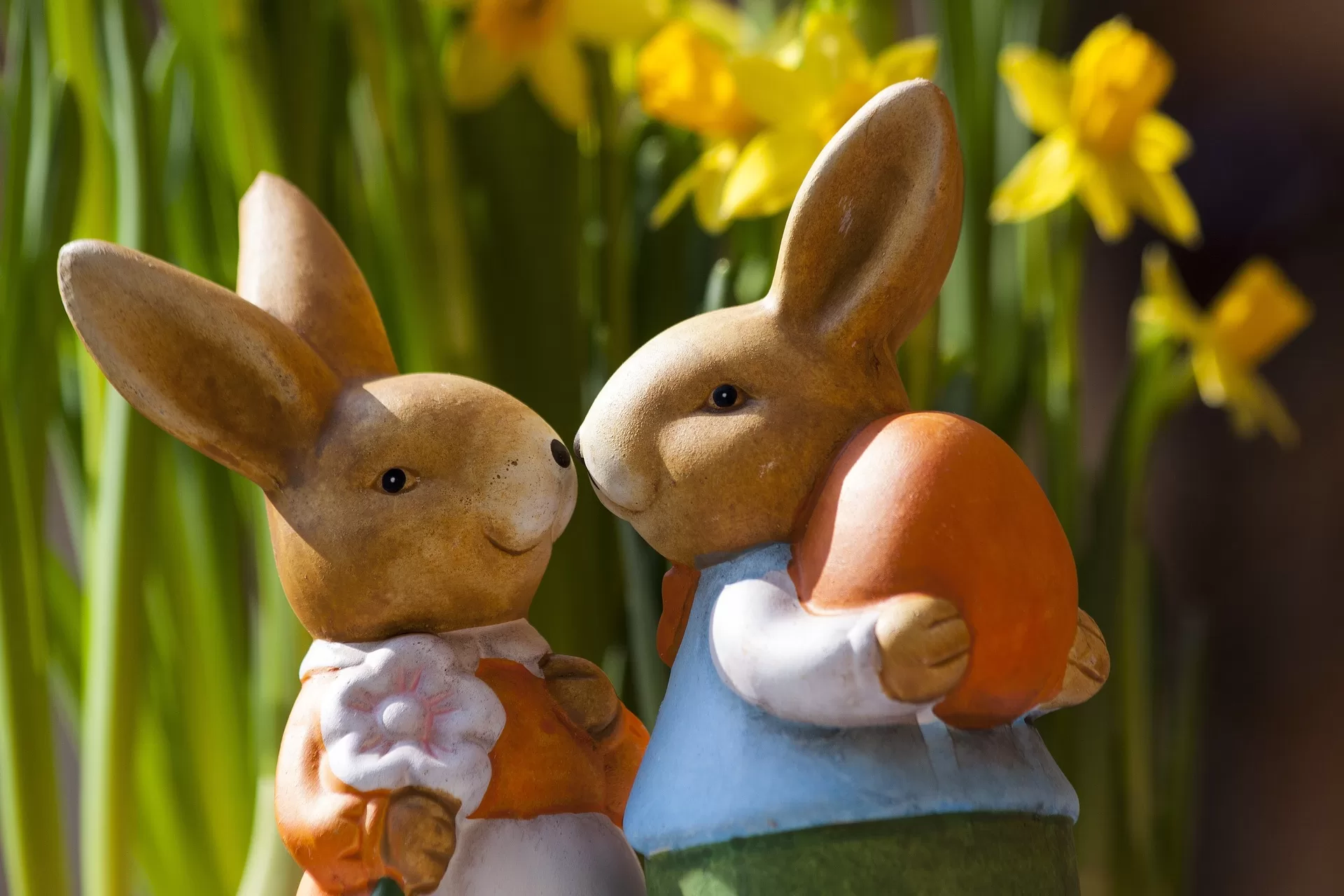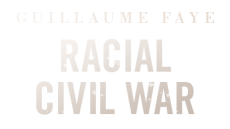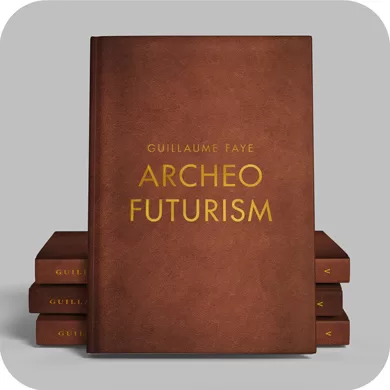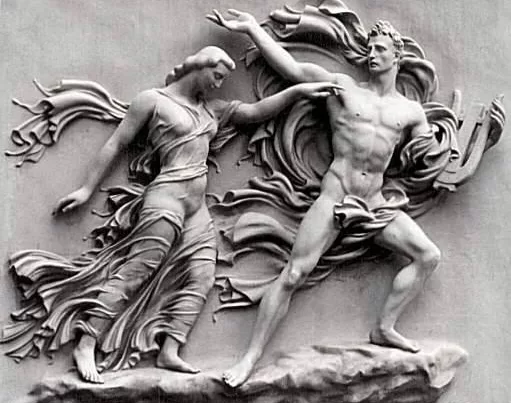Amidst the labyrinthine and mystifying confluence of spiritual and cultural currents, the intertwinement of Jesus, Ostara, and Easter stands as an exemplar of the blending of disparate historical forces.
Easter, ensconced within the Christian credo, venerates the resplendent resurrection of Jesus Christ following the dolorous crucifixion. This ethereal event, a cornerstone of Christian tenets, signifies the culmination of the Lenten observance, a period marked by asceticism, introspection, and the solemn act of contrition.
Enshrouded within the philosophical musings of Julius Evola, the esteemed Italian esotericist, lies an opportunity to probe the confluence of otherworldly and societal threads that permeate this sacred Christian commemoration. Evola’s reflections on the transcendent dimensions of divinity and the intricate connections between variegated traditions provide a fascinating lens through which to examine Easter and its entwinement with pagan deities.
The lush tapestry of pagan mythology teems with deities embodying themes of rejuvenation, rebirth, and fertility, which strikingly reverberate with the motifs that underlie the Christian observance of Easter. A study of these connections permits a glimpse into the archetypal patterns of humanity’s quest for mystical upliftment, surpassing the constraints of individual religious and cultural frameworks.
In The Hermetic Tradition, Evola expounds, “It is necessary to rediscover the sense of the sacred, the sense of mystery, of an unconditioned dimension that belongs to everything that has a true, traditional character.” This sentiment captures Evola’s conviction in the importance of unearthing the sublime essence that binds diverse esoteric traditions, finding expression in their hallowed rituals and celebrations.
Pondering the ties between Easter and pagan deities, we are beckoned to delve into the fathomless depths of the human mentality, unearthing the ageless sagacity and all-encompassing verities that pervade the multifarious manifestations of our heritage of ancestral knowledge. As Evola urged, “The search for the Absolute requires a journey within, a plunge into the depths of our own being.” Through this introspective expedition and the acknowledgment of the intransmutable principles that suffuse our existence, we may glean an understanding of the non-material matrix weaving together the Christian celebration of Easter and the veneration of pagan deities, unveiling the unity concealed within the multiplicity of pious expressions.
Ostara, an event entwined with the fecund traditions of paganism, extols the harmonious equipoise of the vernal equinox, manifesting customarily around the 20th or 21st of March. This festivity derives its nomenclature from Eostre or Ostara, the Anglo-Saxon goddess of abundance and the dawn, whose divine aura was believed to vanquish the icy embrace of winter and inaugurate the rejuvenating luminance of spring.
The intertwining of these ostensibly incongruous occurrences can be attributed to the nascent endeavors of Christianity, which aspired to harmoniously blend its own sacred ceremonies with the long-established pagan rituals that celebrated the arrival of spring. This synthesis expedited the adoption and transmutation of local customs into the burgeoning Christian dogma. Consequently, the integration of pagan symbols, such as eggs and rabbits, into the Easter observances transpired, reflecting themes of revitalization and rebirth innate to both Christian and pagan rites.
In contemplating the intermingling of the pagan traditions of Ostara with the Christian celebration of Easter, we must not overlook the captivating presence of dragons within deeply faithful societies. Dragons, these enigmatic and potent creatures, have long held a distinguished position in mythological structures spanning various cultures. Often connected to wisdom, strength, and the elements of nature, their sinuous forms represent the primordial forces that give life to the world. In alchemical writings and illustrations, dragons frequently symbolize the process of metamorphosis and the periodic nature of life. The ouroboros, an ancient figure of a serpent or dragon consuming its own tail, epitomized the perpetual cycle of death and rebirth as well as the harmony of opposites.
Regarding Easter and Ostara, dragons may be construed as allegorical manifestations of the transformative energies that underlie these commemorations. The resurrection of Jesus Christ, a triumph over death and the promise of eternal life, bears a striking resemblance to the mythological archetype of the dragon. Similarly, Ostara, celebrating the renewal of life and the arrival of spring, evokes the image of the dragon as an emblem of the creative and regenerative energies of the earth.
As Edgar Allan Poe, the virtuoso of the melancholic and the macabre, once composed, “All that we see or seem is but a dream within a dream.” In this vein, the connections between Jesus, Ostara, Easter, and dragons may be perceived as reflections of the human soul’s yearning for transcendence and the deep mysteries that lie hidden beneath the surface of our collective dreams and imaginings.
Through the lens of Evola’s metaphysical contemplations, we come to appreciate the sophisticated dance of assimilation and transformation that has shaped the course of human spirituality throughout history. The incorporation of dragons into the symbolic fabric of Easter and Ostara serves as a reminder of the timeless and primal nature of these religious celebrations. The enduring power of myth and the human imagination creates meaning in the face of the unknown. As Julius Evola once opined, “In every authentic tradition and true civilization, we find a single, central, and unchangeable nucleus that is characterized by the presence of a spiritual authority and a living symbol of the world of ‘Being.’”










Regarding your last statement (from Evola), Mircea Eliade similarly stated in The Myth of the Eternal Return: ‘Obviously, the metaphysical concepts of the archaic world were not always formulated in theoretical language; but the symbol, the myth, the rite, express, on different planes and through the means proper to them, a complex system of coherent affirmations about the ultimate reality of things, a system that can be regarded as constituting a metaphysics…. It is useless to search archaic languages for the terms so laboriously created by the great philosophical traditions: there is every likelihood that such words as “being,” “nonbeing,” “real,” “unreal,” “becoming,” “illusory,” are not to be found in the language of the Australians or of the ancient Mesopotamians. But if the word is lacking, the thing is present; only it is “said”—that is, revealed in a coherent fashion—through symbols and myths.’
Of course, the opinions of Eliade and Evola were consonant on several matters.
On the subject of dragons and Europe, Nicholas de Vere’s work is fascinating. I’d love to read Constantin’s thoughts on de Vere’s “The Dragon Legacy.”